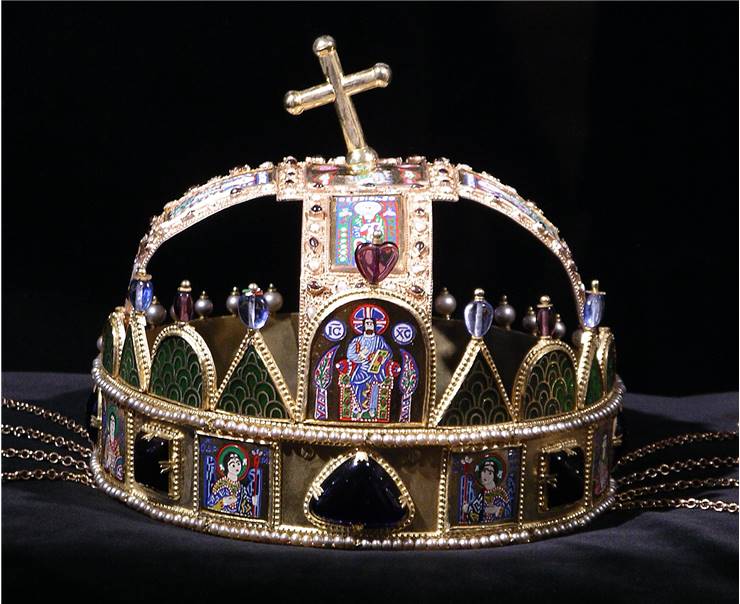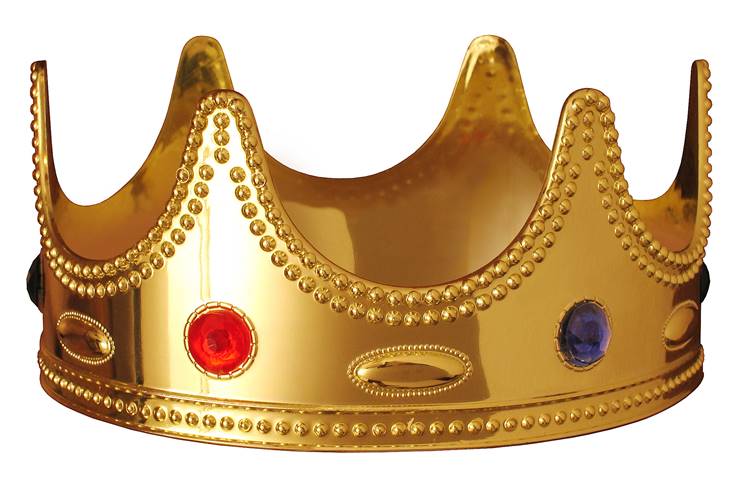History of Crowns - Origin and Symbolism of Crown
Crown is a symbolic headgear that is worn by monarch. Crown represents power, glory, immortality, royalty and sovereignty. It is often made from precious metals and decorated with jewels.
Having a special headgear that will designate a ruler exist in many civilizations around the world. They are not all of the same type and the same materials but they are almost always made from rare and symbolic materials. For western and oriental crowns are the most usual materials gold and precious stones while for crowns of Native Americans of Pre Columbian Era are used feathers of the rare and beautiful birds.
Crowns of the old, precursors of the modern crowns were diadems of the Achaemenid Persian emperors. Diadem was adopted by Constantine I and was after him, worn by all rulers of the later Roman Empire. Roman emperors also used so called “corona radiata” - the radian crown, as part of the cult of “Sol Invictus” before the Roman Empire converted to Christianity. Ancient Egypt used White crown (Hedjet) of the Upper Egypt, Red Crown (Deshret) of the Lower Egypt, and after the union of the Upper and Lower Egypt, combination of those two crowns: Pschent.

Oldest Christian crown in Europe is probably the Iron Crown of Lombardy, used also in coronation of Kings of Napoleonic and Austrian Italy and as a symbol of united Italy after 1860.
In European countries which are based on Christian tradition, monarchic power is given from the power of the church. That is why, when a new monarch is crowned, crown is placed on a monarch head by a church official. Most Holy Roman Emperors traveled to Rome to be crowned by a Pope. Legend says that Napoleon took a crown from Pius VII and crowned himself at the ceremony of his coronation. British Monarchy and Tongan Monarchy are the only monarchies in the world that continue tradition of coronation although they are not the only monarchies that use crown as a national symbol. Other countries may not use crowns in the process of coronation but may use other ways to adorn the head of the ruler. One of such ways is as a royal tikka in the Hindu tradition of India.
Crown can also be an emblem of monarchy, a non material symbol that has the same meaning as a material one although a material one does not have to exist at all.


